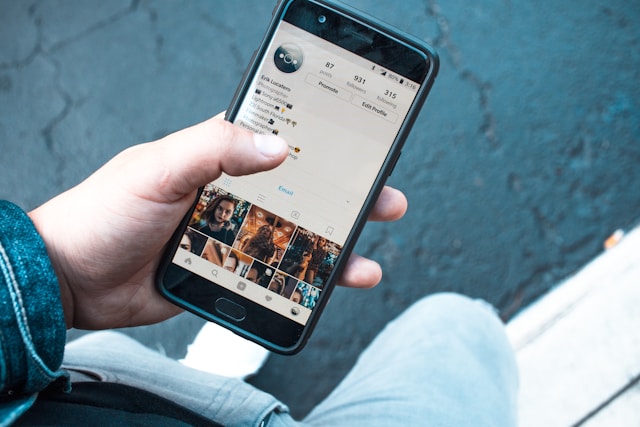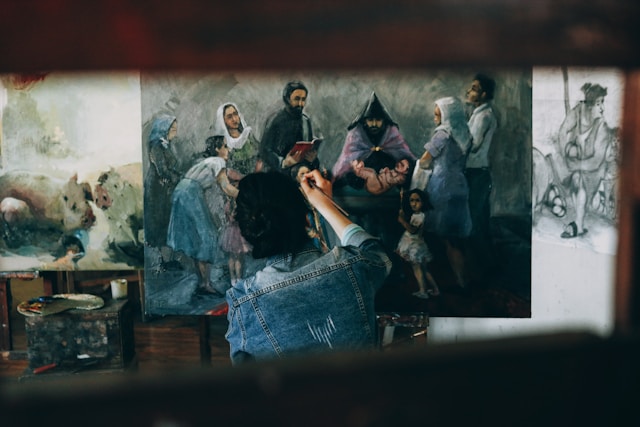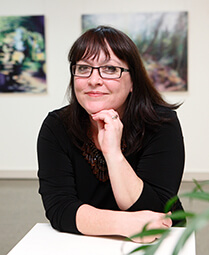The Artists Business Lounge
Art Business Coaching for Visual Artists
From Likes to Sales: Why Social Media Alone Isn’t Enough for Artists

Social media can feel like both a lifeline and a trap for visual artists. On one hand, it’s never been easier to share your work with a global audience. On the other hand, it’s easy to fall into the illusion that likes, follows, and reach equal results.
But here’s the truth: visibility isn’t the same as viability.
Many artists spend hours crafting the perfect posts, chasing trends, and trying to keep up with changing algorithms, only to find that their audience is growing, but their sales are not.
If this sounds familiar, I want you to know that you are far from alone. If you want this to change, it’s time to treat social media for what it is: a piece of the puzzle, not the whole strategy.

Why Social Media Can’t Do It All
Social platforms are designed to keep people scrolling, not necessarily buying. They reward speed, entertainment, and surface-level interaction with dopamine hits. That doesn’t mean your thoughtful, expressive work has no place there, it just means the platform isn’t built to support deeper connection or long-term engagement without some help.
People might love your posts, but still not know:
• How to buy your work
• What you offer beyond the grid
• Who you are as a professional
Likes are flattering, but they don’t automatically lead to sales. You need a structure in place that guides people from interested to invested.
Your Followers Need a Clear Path
If someone discovers your art and enjoys your posts, what happens next? If the only place they can engage with you is in the comments or DMs, you’re leaving potential untapped.
Artists need systems that:
• Make it easy for people to enquire or purchase
• Invite people to stay connected beyond the platform
• Show what you offer in a clear, consistent way
This is where tools like a simple website, an email list, or even a PDF catalogue can make a huge difference. These elements allow you to move people off the scroll and into a relationship where they can learn, collect, and keep coming back.
What Works Instead (and Alongside Social Media)
1. Your Website
Even a single-page site with available work and a contact form builds trust. It tells people you’re serious and gives them a place to explore at their pace.
2. Your Email List
Email is still one of the most effective tools for turning interest into action. It allows you to share behind-the-scenes content, new work, or upcoming exhibitions directly with people who’ve chosen to stay in touch.
3. Consistent Messaging
Wherever you show up – Pinterest, Instagram, a group show, or your studio open day – consistency matters. The more aligned your messaging is across platforms, the easier it is for people to understand who you are and what you offer.

Think Like a Collector
People don’t just buy art. They buy connection, meaning, and the confidence that what they’re investing in is worth it. Collectors often want to know the person behind the work, how to buy, and what makes your practice unique.
When you only show up on social media, you limit what people can see. By broadening how you communicate and creating pathways beyond the algorithm, you build a stronger, more sustainable art business—one that’s not reliant on the latest trend or platform change.
What Will Your Next Step Be?
If you are ready to build a strategy that works for you, we cover all these points and more in The Success System program.
Doors open on 12th June to the 21st. See below for details.


